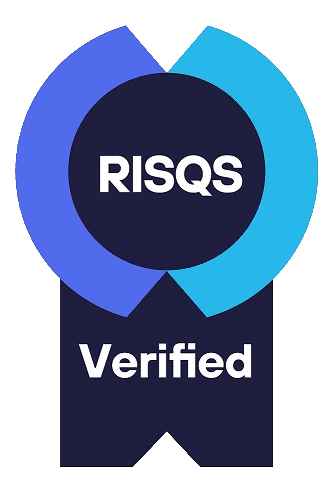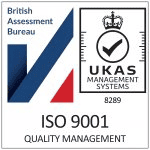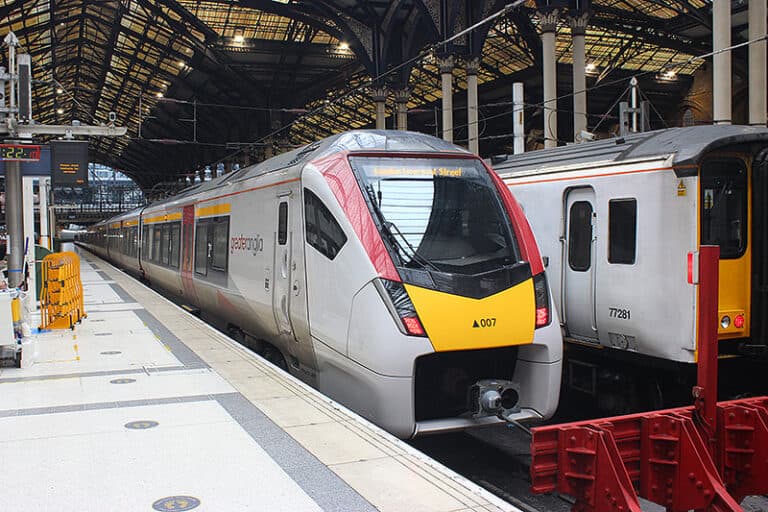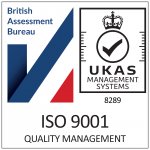

Abellio Greater Anglia (AGA), was awarded a nine-year contract by the Department for Transport (DfT) in August 2016 for the provision of passenger rail services to and from London across Essex, Suffolk, Norfolk, Cambridgeshire and Hertfordshire (Greater Anglia Route). As part of the contract, Abellio carried out a £1.5 billion fleet and infrastructure upgrade.
Abellio have awarded contracts to Stadler and Bombardier to replace all the existing rolling stock within the Abellio East Anglia franchise. This will create an estimated increase of 10 per cent in the fleet size. The new fleet will be equipped with air conditioning, free high-speed Wi-Fi and power sockets for customers.

The infrastructure upgrades and introducing new rolling stock into a live rail operating environment were key challenges for the programme which also included multiple stakeholders that includes numerous Network Rail functions, the train fleet suppliers, multiple contractors providing the infrastructure improvements and AGA itself, as well as other third parties such as ORR, rail users groups and local authorities.
Our work was to develop management processes following a detailed audit/review to set a framework which assures the technical, operational and safe delivery of the NEAT Programme.
Vertex employed the following competencies during these works:
To ensure delivery of above, we took a collaborative approach to safety leadership and worked closely with all key stakeholders, providing guidance, direction and workshop facilitation to identify, define and agree solutions that reflect the needs of all decision makers and maintain the efficiency and pace that AGA needs to deliver the programme successfully.
One New Change,
Floor 2, London,
EC4M 9AF, United Kingdom
T: +44 (0)20 7688 2828
E: enquiries@vertex-se.com
285 Madison Avenue
Suite 2200, New York
NY 10017, USA
T: +1 212-370-7319
E: enquiries@vertex-se.com
One Wharf Lane
Level 19, 171 Sussex Street
NSW 2000, Australia
T: +61 (0) 2 9252 7623
E: enquiries@vertex-se.com
Vertex Systems Engineering is the trading name of AMCL Systems Engineering Ltd.
A Turner & Townsend Company. Registered in the UK, Number: 04440268
© Copyright 2024 Vertex Systems Engineering. All Rights Reserved.




| Cookie | Duration | Description |
|---|---|---|
| cookielawinfo-checkbox-advertisement | 1 year | Set by the GDPR Cookie Consent plugin, this cookie is used to record the user consent for the cookies in the "Advertisement" category . |
| cookielawinfo-checkbox-analytics | 11 months | This cookie is set by GDPR Cookie Consent plugin. The cookie is used to store the user consent for the cookies in the category "Analytics". |
| cookielawinfo-checkbox-functional | 11 months | The cookie is set by GDPR cookie consent to record the user consent for the cookies in the category "Functional". |
| cookielawinfo-checkbox-necessary | 11 months | This cookie is set by GDPR Cookie Consent plugin. The cookies is used to store the user consent for the cookies in the category "Necessary". |
| cookielawinfo-checkbox-others | 11 months | This cookie is set by GDPR Cookie Consent plugin. The cookie is used to store the user consent for the cookies in the category "Other. |
| cookielawinfo-checkbox-performance | 11 months | This cookie is set by GDPR Cookie Consent plugin. The cookie is used to store the user consent for the cookies in the category "Performance". |
| CookieLawInfoConsent | 1 year | Records the default button state of the corresponding category & the status of CCPA. It works only in coordination with the primary cookie. |
| elementor | never | This cookie is used by the website's WordPress theme. It allows the website owner to implement or change the website's content in real-time. |
| viewed_cookie_policy | 11 months | The cookie is set by the GDPR Cookie Consent plugin and is used to store whether or not user has consented to the use of cookies. It does not store any personal data. |
| Cookie | Duration | Description |
|---|---|---|
| _ga | 2 years | The _ga cookie, installed by Google Analytics, calculates visitor, session and campaign data and also keeps track of site usage for the site's analytics report. The cookie stores information anonymously and assigns a randomly generated number to recognize unique visitors. |
| _ga_W5K5QG9YQK | 2 years | This cookie is installed by Google Analytics. |